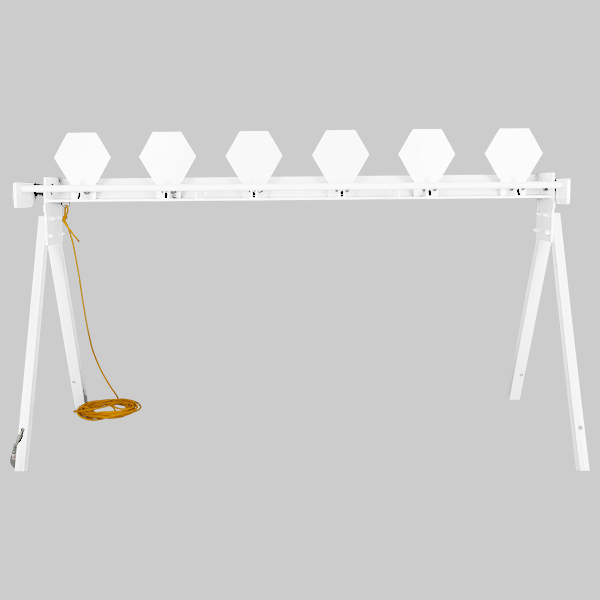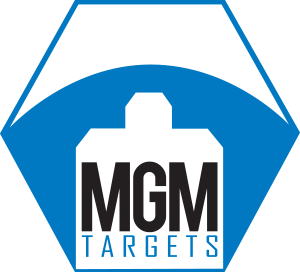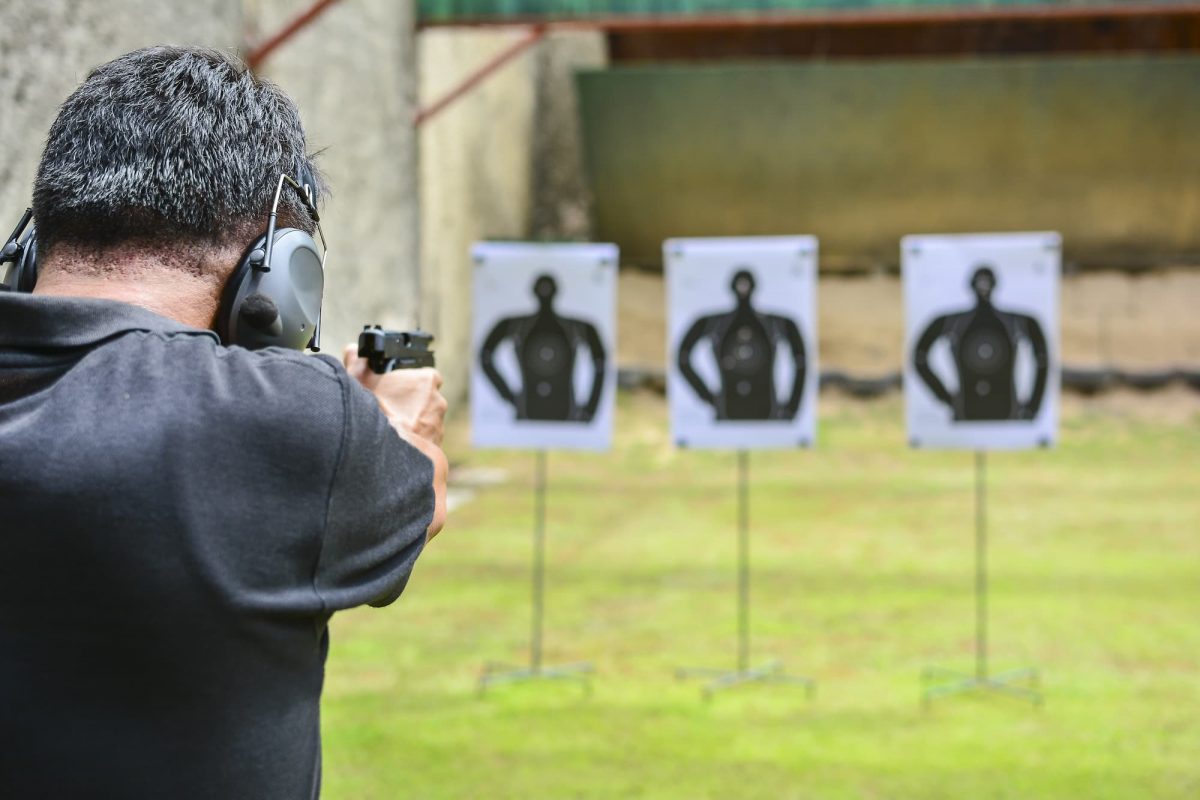Shooting Targets
How to Select the Best Shooting Targets for Your Needs
With all of the available shooting targets on the market, it can be difficult to determine which one fits your needs the best.
- The type of target and the cost per use can help you make a decision.
- Various materials are used to create targets and can determine the product’s durability.
- Recreational or occasional shooters have different needs from professional or competitive shooters.
Practice makes perfect when it comes to any skill, so if you want to learn to increase your target shooting accuracy, the best way is to buy high-quality shooting targets and keep practicing. Whether you are a seasoned professional or a total novice, frequent target practice can improve your skill and keep you sharp once you have reached your goals. Not all shooting targets are created equal, so it helps if you know how to choose the best shooting targets for your specific needs.
Your ideal shooting target will differ depending on whether you are a recreational shooter, competition shooter, or accurate shooting is part of your chosen career. With the abundance of target options available today, learning more about the different types and purposes can help you decide which ones can help you build your skill the best.
Shooting Target Types
When the general public thinks of shooting targets, a piece of paper with a bullseye probably comes to mind. Shooting aficionados know there are many types of targets, and the best one for you is the one that helps you develop the skill you are trying to perfect. From cheap shooting targets that are easily disposable to high-quality targets that can last a lifetime, finding your best type can involve a bit of trial and error. Although many targets can be categorized into multiple types, choosing a target from a broad, general category can help you meet your goals.
Targets For Accuracy
For most recreational shooters, targets that increase accuracy are the most common types to purchase. Some cheap shooting targets are familiar even to the most novice shooters and consist of a bullseye with zones meant to train the eye to focus and aim correctly. You can use any type of gun for this type of target, but you may prefer a sight-in target when training for accuracy if you are practicing with a rifle. A sight-in has a full grid and is great for use in conjunction with a rifle scope.
Targets For Gaining Feedback
A step beyond simple accuracy practice, some targets are designed to give you feedback on your session. Over time, you can track your progress and growth. The most common type of feedback target is a steel plate target that makes a distinct sound when it is struck. Those trying to increase accuracy for hunting a specific type of game animal can use a feedback target designed with the animal’s anatomy in mind. When hunting, hitting a general target isn’t enough and using feedback lets you know if you met a specific mark on an animal’s body.
Targets For Increasing a Specific Skill
Skill shooting is a broad category, so many types of targets fall under this umbrella. Some examples include skeet shooting and silhouettes for self-defense training. In many cases, those who choose skill-building targets do so for specific job training, such as military or law enforcement.
Shooting Target Materials
Since shooting targets serve different purposes depending on the design, building them from different materials to make the most resilient and highest-quality versions makes sense. From the simplest cheap shooting targets to ones that can repeatedly be used long-term, each product has advantages and disadvantages depending on your goals.
Cardboard and Paper Targets
The most inexpensive target, used mostly for building accuracy, is a cardboard or paper target. These targets are easy to find and extremely versatile since they can be used for practice with various gun types. Shooting ranges use cardboard or paper targets with different kinds of grids to let you track your improved accuracy. Paper targets are also great for competition shooters because the results can be directly tallied.
Steel Plate Targets
When hit, steel is one of the most common materials used to produce feedback targets with a distinctive pinging sound. Modern steel plate targets come in various designs that can be interactive to shooters and make training more exciting and challenging. The longevity of a steel plate target is one of the best benefits and, when you maintain it properly, it can be one of the longest-lasting materials. Some shooters prefer lighter-weight targets but lose some durability in the exchange.
Polymer Targets
Targets made from polymer are designed to allow a bullet to pass completely through and remain intact. They have some longevity but eventually will become damaged. Since this type of material doesn’t stop bullets, a background stop is required. In most cases, shooters practice on this type of target in the grass.
Clay Targets
If you have ever practiced target shooting with a shotgun, you are probably familiar with targets made from clay. Clay targets are the product of choice for shotgun practice but can also be useful for rifles and even the occasional pistol practice. Clay is the material of choice for increasing your skills with hitting a moving target with a shotgun. The biggest downfall of clay targets is that they can only be used once if they are successfully hit since they shatter upon impact.
Shooting Target Costs
When choosing the perfect shooting targets for your needs, cost sometimes factors into the decision-making process. There are several considerations for factoring cost, and not every shooter comes to the same conclusion. Paper and cardboard targets are inexpensive shooting targets but are not a good solution for long-term use. Clay targets can only be used one time when hit but are also an inexpensive option. More expensive options, such as steel plate targets, can be used repeatedly and in the long term. Determining your pros and cons can help create a cost-per-session analysis, especially if you are a frequent shooter.
Other Shooting Target Considerations
Those well-versed in the types and materials used to make shooting targets, as well as the general budget to purchase them, still have other factors to consider when purchasing. If you are a beginner or infrequent shooter and are purchasing targets for a purely recreational session, it may not make sense to buy high-quality targets. Conversely, if you are required to keep up certain shooting skills as part of your job or are training as a competitive shooter, high-quality and interactive targets can give you an advantage.
Where To Find High-Quality Shooting Targets
Whichever type of shooting target you are seeking, MGM Targets has the product for you. The available targets vary from fast turnover, one-time use to long-term, high-quality construction. To decide which target is right for your specific needs, browse the collection or contact MGM Targets for more information.
Featured Image: Supermop/Shutterstock


